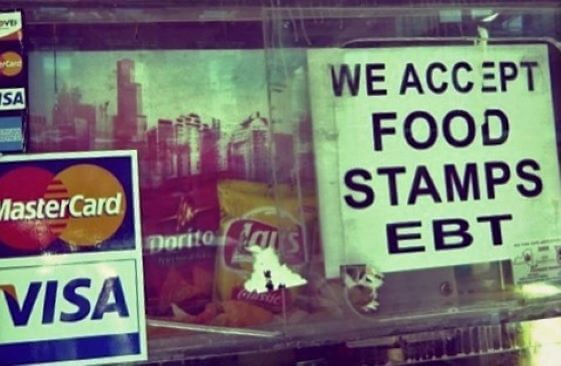India Post News Service
SAN FRANCISCO: Indiaspora, a nonprofit organization of global Indian diaspora leaders a report with researchers at the Johns Hopkins’ Paul Nitze School of Advanced International Studies that focused on the underprivileged Indian diaspora in the U.S.
The majority of the United States’ 4.2 million Indian Americans are thriving, but the COVID pandemic may drive the percentage of the Indian diaspora living in poverty to as high as 10.1 percent.
“We wanted to draw attention to the plight of the most underprivileged in our community with this report,” said M Rangaswami, founder of Indiaspora. “We hope that this will educate others to view our community more holistically, and ultimately, lead to targeted outcomes that help to empower this segment of our population.”
Drawing from the latest editions of Fortune and Forbes U.S. and global lists, theIndiaspora Business Leaders List includes 58 executives serving at the helm of their respective companies as Chief Executive Officer, President, or Chairman of the Board. Under their leadership, these companies collectively employ more than 3.6 million worldwide and account for a combined USD $1 trillion in revenue and $4 trillion in market capitalization.
Headquartered across 11 different countries including the U.S., Canada, England, and Singapore, these companies have delivered annualized returns of 23 percent during the tenure of these executives, outperforming the S&P 500 by 10 percent.
“It’s inspiring to see so many leaders of Indian heritage playing a significant role in business and in society,” said Ajay Banga, President and CEO of Mastercard. “Our culture and our values are a common starting point. But it’s what we do with the opportunities presented to us that make a difference. When we lean into our diverse experiences to deal with challenges like the pandemic or racial injustice, we can have an even greater impact on the lives of those around us.”
The story of America’s Indian immigrants and their descendants is one of extraordinary success. Often cited as the most educated and wealthiest ethnic group in the U.S., Indian Americans overall have attained tremendous achievements in their professional and personal lives.
But what about the members of the Indian diaspora who struggle in The States? Too often, underprivileged Indians are overlooked as the spotlight shines on the majority that has prospered.
“The Invisible Indian” aims to profile this less prosperous minority group. On the pages to follow, Indiasporasharesexcerpts from a new study by researchersDevesh KapurandJashanBajwa of the Paul Nitze School of Advanced International Studies at Johns Hopkins University, “A Study of Poverty in the Indian American Population.”
While the magnitude of the problem is not massive, poverty among Indian Americans exists, persists, and is undoubtedly growing significantly due to the COVID-19 recession. By illuminating the economic, legal, and health challenges of this group, Indiaspora aims to be a catalyst to encourage organizations and sociologists to take action that aids of the impoverished members of the Indian diaspora in the U.S.







